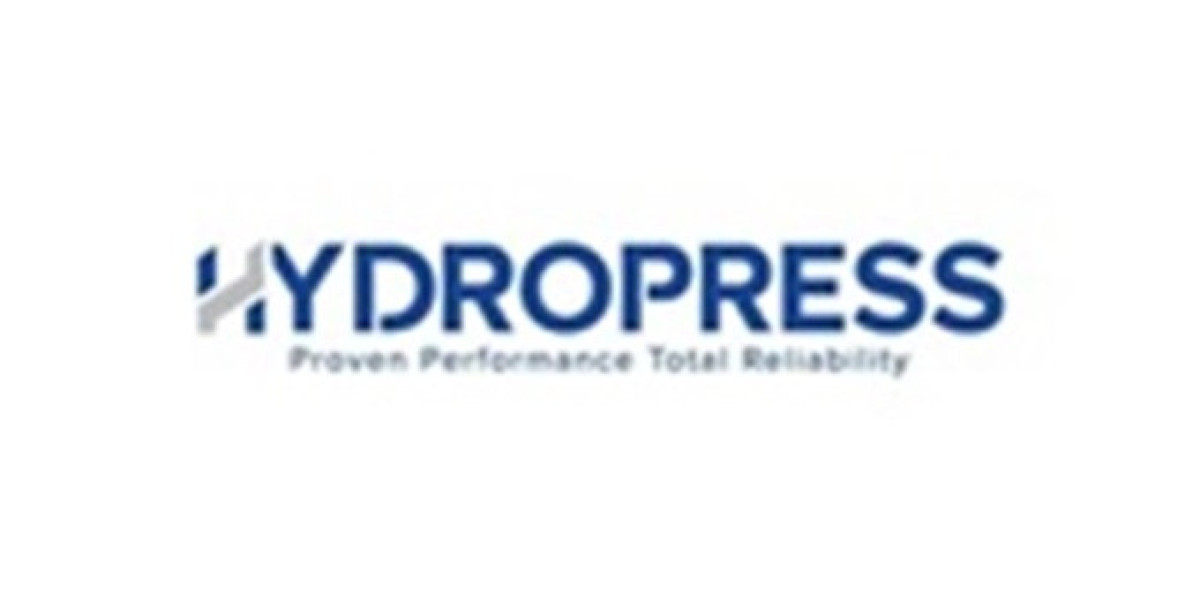The Unexpected Link Between Parkinson’s Disease and Tuberculosis
At first, it might seem unusual to connect Parkinson’s disease and tuberculosis a chronic, progressive brain disorder and an infectious disease. However, recent research has identified a shared biological factor: the LRRK2 protein (Leucine-rich repeat kinase 2). In both Parkinson’s and tuberculosis, abnormal levels of LRRK2 are found in critical areas such as the brain and immune cells. This discovery opens new avenues for therapies that target LRRK2 to treat both conditions.
LRRK2: A Key Target for Treating Both Conditions
The LRRK2 protein has long been studied for its role in Parkinson’s disease, particularly in individuals with genetic mutations like the G2019S variant. This protein is linked to the neuroinflammation and degeneration seen in Parkinson’s patients. Surprisingly, LRRK2 also plays a vital role in the immune system, particularly in how the body responds to tuberculosis. Elevated levels of LRRK2 have been observed in TB patients, indicating that this protein’s influence extends beyond the nervous system into immune cell function.
Strengthening the Parkinson’s Disease Pipeline
The discovery of LRRK2’s dual involvement in Parkinson’s and tuberculosis could dramatically impact the Parkinson’s disease pipeline. Clinical trials are already underway to test LRRK2 inhibitors for Parkinson’s disease, with the aim of reducing the protein’s abnormal activity and potentially slowing disease progression. The possibility that these inhibitors could also be used to treat tuberculosis highlights the potential of LRRK2-targeting drugs to address multiple diseases.
Rethinking Parkinson’s Disease Treatment
Currently, Parkinson’s disease treatment primarily involves symptomatic therapies like levodopa, which helps manage motor symptoms but doesn’t alter the course of the disease. By targeting LRRK2, scientists hope to develop disease-modifying therapies that address the root causes of Parkinson’s. The shared role of LRRK2 in immune function also suggests that therapies targeting this protein could improve both neurological and immune system health, offering broader benefits for patients.
Implications for Drug Development Across Disease Areas
The discovery that LRRK2 influences both Parkinson’s and tuberculosis could accelerate drug development and foster cross-disciplinary research. Therapies designed to inhibit LRRK2 may not only provide breakthroughs in Parkinson’s disease treatment but could also be effective in combating tuberculosis, especially in cases of drug-resistant TB. This dual-purpose approach could revolutionize the way we approach drug discovery and make treatments more affordable and accessible.
Conclusion
The link between Parkinson’s disease and tuberculosis, driven by the LRRK2 protein (Leucine-rich repeat kinase 2), offers new opportunities for groundbreaking treatments. By focusing on LRRK2, researchers may be able to develop therapies that simultaneously address both diseases, leading to more effective and cost-efficient treatments. The evolving Parkinson’s disease pipeline and the potential applications for tuberculosis treatment represent a significant step forward in the fight against these challenging conditions.
Latest Blogs Offered By DelveInsight:
Rheumatoid Arthritis Market, Epidemiology and Market Forecast-2020
The Present Rheumatoid Arthritis Treatment Market Offers a Mix-and-Match Approach
Fierce Competition Lies Ahead for Pipeline Therapies in the Rheumatoid Arthritis Market
Which Key Player Holds the Potential to Corner the Rheumatoid Arthritis Therapeutics Market?
Latest Reports:-
Acquired Immunodeficiency Syndrome Market | Actinic Keratosis Market | Acute Lymphoblastic Leukemia Market | Acute Pyelonephritis Market | Adult T-cell Leukemia-lymphoma Epidemiology Forecast | Arbovirus Infection Market | Artificial Disc Market | Asperger Syndrome Market | Astigmatism Market | Basal Cell Nevus Syndrome Market | Bone And Joint Infection Market | Central Nervous System Lymphoma Market | Erythromelalgia Market | Gastroesophageal Adenocarcinoma Market | Head And Neck Squamous Cell Carcinoma Market | Hot Flashes Market | House Dust Mite Allergy Market | HPV-induced Cancers Market | Immune Thrombocytopenia Market | Infectious Arthritis/Septic Arthritis Market | Intracranial Aneurysms Market








